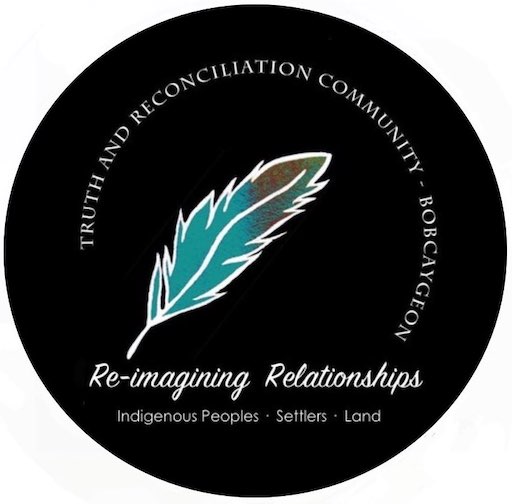The location of the site was kept hidden from non-First Nation people until 1954, when it was rediscovered accidentally by a prospector (Everett Davis)[1] of the Industrial Minerals of Canada…
The petroglyphs were first thoroughly recorded in 1965 and 1968 by Joan Vastokas of the University of Toronto and Ron Vastokas of Trent University in Peterborough. Their book, Sacred Art of the Algonkians, is considered by rock art scholars the most definitive study and interpretation to date.
According to the Learning Center, while the glyphs are important, they are not the primary reason this site is sacred. The rock site itself is a sacred place. And today is a place of pilgrimage for local Ojibwe people. The deep crevices in the rock are believed to lead to the spirit world, as there is an underground trickle of water that runs beneath the rock which produces sounds interpreted by aboriginal people as those of the Spirits speaking to them. Excerpt from Wikipedia
Kinomaage-Waapkong (Petroglyphs)
Kinomaage-Waapkong is a sacred teaching site for our people, it has been utilized for generations of Anishinabeg and remains to be an active sacred site for our people, it is also known internationally by Indigenous groups such as far as Columbia South America who frequently visit the sacred site. When you visit the Kinomaage-Waapkong, you will be greeted by a Curve Lake First Nation member at the visitor centre to the site.

